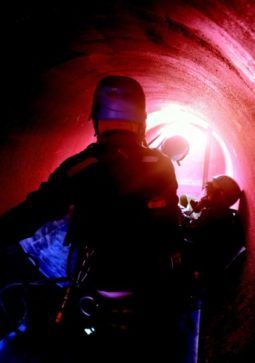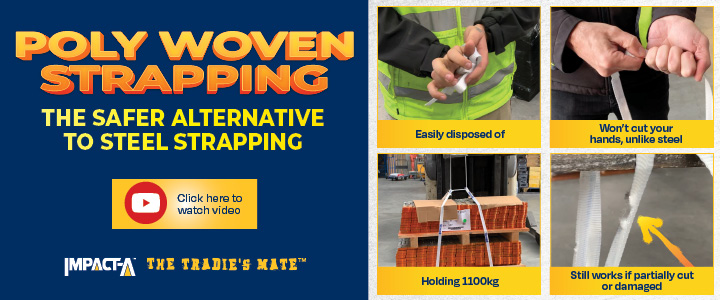Employers have a responsibility to ensure workers working in confined spaces can get out easily, quickly and safely if they have to.
Working in confined spaces comes with significant hazards, making it imperative rescue plans are in place in case of an accident or emergency. According to the Australian code of practice, employers have a legal requirement to ensure that first aid and rescue procedures are not only established, but also rehearsed so as to be as efficient and effective as possible.
This is in addition to reducing the likelihood of an emergency occurring by identifying and controlling confined space hazards, and providing appropriate training and permits.
CONFINED SPACE HAZARDS AND SAFETY CONTROLS
Common dangers associated with working in confined spaces include poor air quality, fire hazards, crushing and trapping hazards, and high noise levels. Other risks include drowning, engulfment and explosions, with many typical work dangers increasing when in a confined space due to the enclosed atmosphere and limited ability to move.
As well as addressing the specific hazards present, there are also certain requirements for safety procedures when working in confined spaces, including:
- Confined space entry permits
- Adequate training and information for workers and standby support
- A standby person outside the confined space
- Appropriate personal protective equipment (PPE), and first aid and rescue equipment
- Safety harnesses and lines when there is a danger of falling
- Clear signage regarding entry permissions
- Well-ventilated and clean spaces
CONFINED SPACE FATALITIES
However, despite the existence of these safety procedures, lack of training and adequate safety systems is a leading cause of death in confined spaces. Fire Safety Australia found that 92 per cent of confined space fatalities in Western Australia were primarily due to inadequate entry training.
Furthermore, more than 90 per cent of fatalities had inadequate supervisor knowledge and supervision as a secondary cause of death, with only 15 per cent of organisations having appropriate procedures in place. Contractors were more at risk of death than those with a regular place of employment, making up 60 per cent of fatalities.
Internationally, they found that 60 per cent of deaths occurred during an emergency rescue procedure. Rescuer fatalities increased significantly when workers were not adequately trained in potential hazards and safe rescue procedures for injured workers.
CONFINED SPACE RESCUE PLANS
Employers must establish confined space rescue plans, including rehearsals and rescue exercises to ensure preparedness in the case of an emergency. As part of rescue procedures, employers must ensure that openings and exits to confined spaces are unobstructed and large enough to allow emergency access. Additionally, any
plant, equipment or PPE required for an emergency rescue must be available and maintained in good working order.
While hazards may be similar, each confined space is unique and a customised emergency rescue plan should be established for each space. Factors to consider include:
- The location of the confined space, its accessibility in an emergency and distance from medical
- Communication of workers inside the space with those outside, including who will raise the alarm in an emergency and activate the rescue
- Access to the space by emergency personnel on holidays, weekends and night
- The types of emergencies that are likely to occur, and the appropriate rescue and resuscitation equipment needed, including their storage in close
- Adequate size of entrances and exits for all potential equipment and emergency personnel, or an alternative method of safe entry and
- Training, fitness and capability of rescuers to carry out the emergency
- Protection of rescuers during an emergency operation, including
- Availability of first aid equipment for immediate use, including the presence of first aid-trained
- Process for notifying emergency services of an incident, including any prior arrangements regarding response time, and availability of
In the event of an emergency, rescue should be performed from outside the confined space if possible. Rescuers must be provided with appropriate respiratory protective equipment (RPE) if they enter the space. Air-supplied RPE should always be used in a case where the person to be rescued has been overcome by lack of oxygen or airborne contaminants.
LINQ Height Safety’s new Davit Arms are an essential part of any confined space rescue plan, alongside their confined space rescue kit, which includes a spreader bar, harness, tripod rescue winch, tripod and screw gate karabiners.






